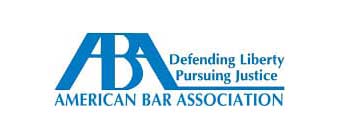Most of us know what sexual harassment is on an intellectual level, but it’s not as easy to identify it when it happens until it’s too late and the situation has gotten out of control. Often, in the initial stages of sexual harassment, an employee will dismiss the behavior, believing that it will stop if he or she just ignores it. However, if you can identify the behavior early, you have a better chance of speaking up and getting it to stop before things get out of control.
Here is what you should look for as a sign of the subtle beginnings of sexual harassment:
Basic flirting: The sexual harassment usually starts as simple flirting. Maybe your coworker or supervisor comments on your hair or your dress, saying that you look nice today. Maybe the flirting involves a kind of flirtatious banter that you can feel is definitely sexual harassment.
Passing off sexual behavior as silly or fun: If someone acts in a sexually harassing way, by touching you inappropriately or making an inappropriate comment, the harasser will often try to laugh it off as if it’s socially fine. Don’t fall for this.
Putting out feelers for mutual interest: The sexual harasser might say something revealing about his or her feelings toward you, to find out if there’s mutual interest. When these constantly continue, even though you don’t respond with interest, it could be sexual harassment.
Stalking from a distance: Perhaps this person is present all the time, almost in a stalking way. It might start in an innocent way and progress to actual stalking.
If you’re experiencing anything like the above, you may want to speak up before the symptoms turn into more direct harassment. You will want to be polite and direct. Don’t accuse the person of sexually harassing you, just identify the behavior and say that it’s making your uncomfortable. If the behavior worsens or continues, then you may want to speak with a supervisor or the human resources department.
Source: sexualharassmenttraining.biiz, “Sexual Harassment Training,” accessed Dec. 21, 2017




